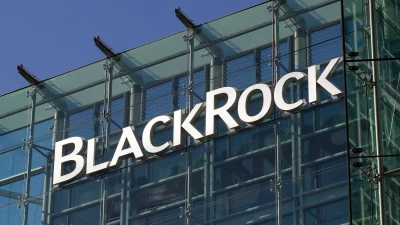US paints bleak picture of franking credit-less nation



The US paints a grim picture of life without franking credits, and Australia could be facing the prospect of slow innovation and growth should Labor’s policy be passed, according to Fidelity Australian Opportunities’ portfolio manager, Kate Howitt.
Howitt and David Buckle, head of investment solutions design at Fidelity, expect defaults in the US to rise next year due to slowing growth and rising interest rates, and warned that the same could happen should the Labor Government’s franking credit removal policy roll out next year.
Howitt said corporates in Australia don’t engage in large buybacks because of franking credits as it’s more economically efficient to use dividends and compared using franking credits to acting as Robin Hood.
“It’s effectively stealing from the rich and giving to the poor – there’s economic incentive to invest in small innovative growth companies, and it keeps it in the listed sphere,” she said.
Buckle added that the US bond market and flattening yield curve indicates a recession is on the way in the next 18 months, and he warned that bond markets have never been wrong.
Buckle was also quite relaxed about the recent market correction and the volatility it brought, adding it was probably good news considering equity markets tend to rally in the lead up to recessions.
Looking more locally, Howitt said investors sold off mining stocks and economic cyclicals in October and started purchasing defensive stocks like REITs and utilities.
In saying that, Howitt couldn’t pick a particular trend, as the month also saw investors selling bond proxies and purchasing economic cyclicals, and Australians who feared a credit squeeze and the Royal Commission sold off banks and housing-related stocks and purchased mining stocks.
But, the fund itself uses a bottom-up stock picking strategy and prefers to take risks on companies rather than sectors, so Howitt herself wasn’t particularly positive or negative about any assets or sectors in particular.
She said Lynas Corporation, Atlas Arteria and TPG looked like good stocks, and even the Commonwealth Bank of Australia wasn’t so scary given its new CEO and compliance and remediation expenses are set to continue.
The chart below shows the performance of the FE four-Crown rated Fidelity Australian Opportunities fund as compared to the S&P ASX 200 for the year to last month’s end.
Recommended for you
Lazard Asset Management has announced the launch of a new global equity fund, expanding its qualitative offering for Australian investors.
After introducing its first active ETF to the Australian market earlier this year, BlackRock is now preparing to launch its first actively managed, income-focused ETF by the end of November.
Milford Australia has welcomed two new funds to market, driven by advisers’ need for more liquid, transparent credit solutions that meet their strong appetite for fixed income solutions.
Perennial Partners has entered into a binding agreement to take a 50 per cent stake in Balmoral Investors and appoint it as the manager of Perennial's microcap strategy.












